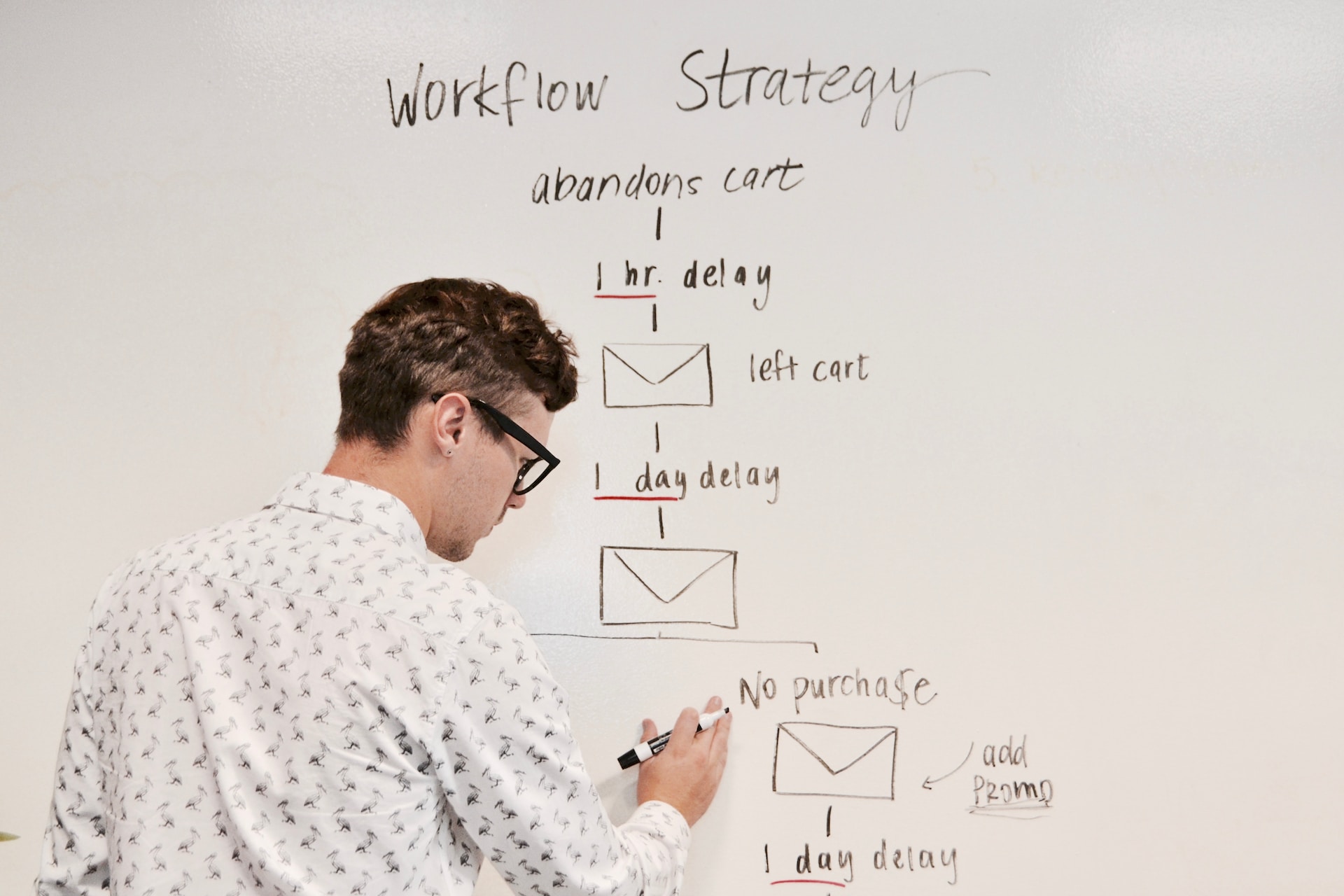Master Leading Product Prioritization Frameworks
What is a product prioritization framework?

Benefits of Product Prioritization Strategies
- Resource allocation: With limited resources, such as time, money, and personnel, product managers must prioritize tasks and features to allocate resources efficiently.
- Alignment with business goals: Prioritizing projects and features ensures that the product development process aligns with the overall business strategy and objectives.
- Customer satisfaction: By focusing on high-impact features and improvements, product managers can deliver products that resonate with users and address their needs, leading to higher customer satisfaction and loyalty.
Product Prioritization Techniques for Product Managers
MoSCoW Method
- Must-haves: Essential features or tasks that the product cannot function without.
- Should-haves: Important features that add significant value but are not critical for the product's basic functionality.
- Could-haves: Desirable features that can be implemented if resources permit.
- Won't-haves: Features or tasks that are not a priority and can be postponed or removed from the current development cycle.
Value vs. Effort Matrix
To use this method, product managers can follow these steps:
- List all tasks or features to be prioritized.
- Assess the value of each task or feature (e.g., potential impact on revenue, user satisfaction, or strategic alignment) and the effort required to implement it (e.g., development time, cost, or resource availability).
- Plot each task or feature on a matrix with the value on the vertical axis and the effort on the horizontal axis.
- Prioritize tasks or features in the top-left quadrant (high value, low effort) and deprioritize those in the bottom-right quadrant (low value, high effort).

Kano Model
It categorizes features into three groups:
- Basic features: Minimum requirements that customers expect from the product. Failure to deliver these features can lead to dissatisfaction.
- Performance features: Aspects that improve the product's overall performance and can increase customer satisfaction when implemented effectively.
- Delighters: Innovative features that exceed customer expectations and can create a competitive advantage.
RICE Scoring
- Reach: The number of users who will be affected by the feature within a specific timeframe.
- Impact: The effect of the feature on users, measured on a scale from minimal (1) to massive (4).
- Confidence: The level of certainty in the estimated reach and impact, expressed as a percentage.
- Effort: The amount of work required to implement the feature, measured in person-hours or other relevant units.
RICE Score = (Reach * Impact * Confidence) / Effort
By comparing the RICE scores of different tasks or features, product managers can prioritize those with the highest scores, which are expected to have the greatest impact with the least effort.
Eisenhower Matrix
It consists of four quadrants:
- Urgent and important: High-priority tasks or features that require immediate attention.
- Important, but not urgent: Important tasks that can be scheduled for later.
- Urgent, but not important: Tasks that can be delegated to others.
- Neither urgent nor important: Tasks that can be eliminated or postponed.
Spotify's Prioritization Approach
The company uses a combination of quantitative data (such as user engagement metrics) and qualitative insights (such as user feedback) to evaluate potential features and improvements.
Spotify's product managers prioritize features that:
- Align with the company's strategic goals and mission.
- Address user needs and pain points.
- Offer a significant return on investment (ROI) in terms of user engagement, satisfaction, or revenue.

Final Thoughts
Prioritizing tasks and features, however, is not an easy task. It requires careful consideration, evaluation of data, and often difficult decisions to be made. Ultimately, product managers must use their best judgment to ensure the product is successful.
Maven offers online classes for product managers that can help individuals acquire the necessary skills to master these product prioritization frameworks and other product management skills such as leadership, critical thinking, and project management.
Related Courses
Technical Foundations & AI Prototyping for Product Managers
Two related skills in one course: master tech to speak the same language with your team. Use it to AI-prototype features or a side project.
Survival Metrics: Prioritization for Product Managers
Learn a survival-metrics system that turns roadmap anxiety into clear, defensible stop / pivot / invest decisions.
Product Strategy Workshop
Use the step-by-step approach I developed at Netflix to craft a product vision, align around strategy, and hold product teams accountable.
Essentials of Product Management - HK version
Learn the skills & tactics to become a world-class PM, build winning products, and go after global PM opportunities with confidence.
Insight Driven Product Management for Growth - Scale Impact in any Organization
You'll analyze patterns between datasets and interpret data to uncover insights. You'll master strategic thinking and product execution.
One Week Product Roadmap
Learn how to cut through the noise, prioritize for outcomes, align stakeholders, excite teams, and start executing in just 7 days.
You might also like

Shreyas Doshi: 10 Questions to Ask When Evaluating Product Features

The Art of Product Positioning: Lessons from Airbnb

Product Lead: Owning the Product Vision

